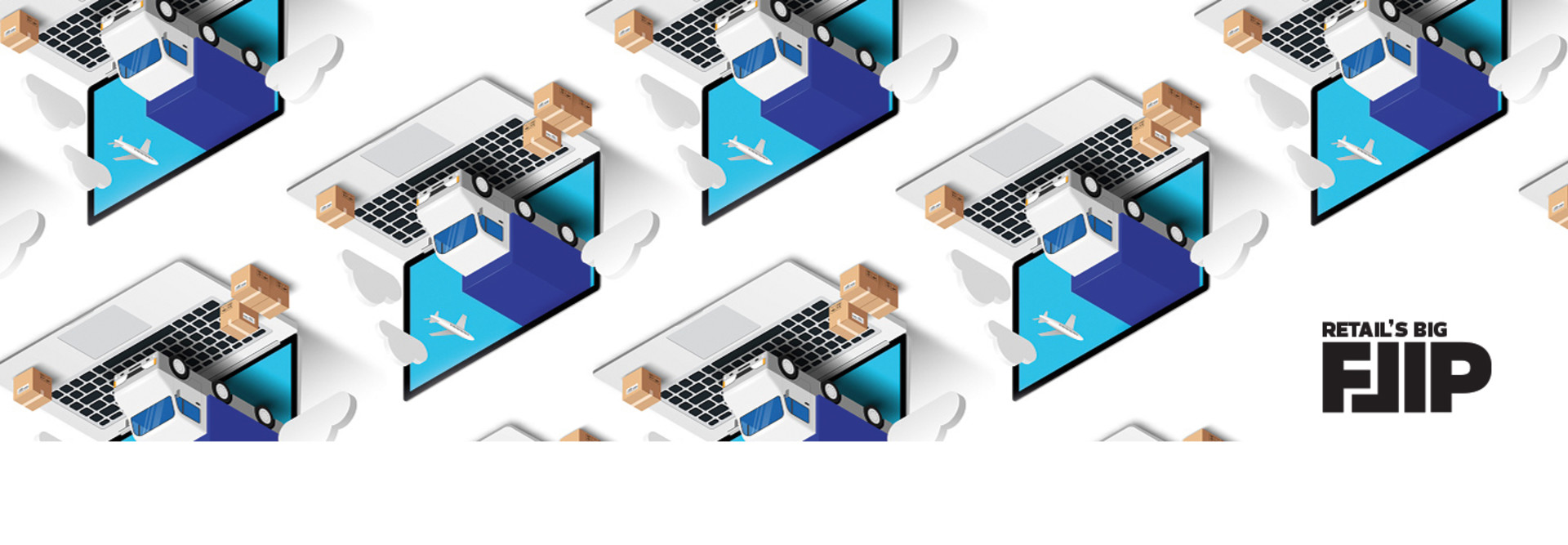For retailers making the move to e-commerce, this creates a key challenge: multichannel management. From experienced users familiar with online purchasing and social media interactions to brick-and-mortar customers who prefer the more human touch of call center connections, brands must now deliver a seamless experience that ensures consistent pricing, accurate inventory reporting and reliable delivery frameworks.
Supply Chain Management Is Vital to Retailers’ Brands
To address the multichannel challenge, spending and process priorities must shift. Part of the processes involves greater call center and social media investment — companies must be available for customers wherever and whenever they need assistance.
However, this isn’t enough in isolation. Even the best call center teams and social media managers can’t capture consumer interest if products purchased are suddenly out of stock or if delivery times are wildly unpredictable. Consumers’ impressions of retail businesses are inexorably tied to their most recent experiences — and if those experiences include randomly cancelled orders or items never arriving, it doesn’t bode well for continued sales conversion.
As noted by Supply and Demand Chain Executive, this new retail landscape requires supply chain technology capable of keeping pace in key areas, such as:
- Multisource supply. As pandemic restrictions evolved rapidly in the first half of 2020, many single-source supply chains suddenly dried up. While retail brands have now pivoted to multilocation, multisource suppliers, they need a way to manage these providers at scale to prevent over- or under-supply volumes.
- “Rubberized” response. With 62 percent of companies surveyed reporting production or time-to-market delays due to COVID-19, rubberized response to unexpected events is key. Supply chain management tools can help facilitate this process with real-time visibility into both current and incoming stock levels.
- Process automation. Along with purchasing habits, customer preferences are changing, with buyers now demanding increased product traceability while simultaneously being more willing to supply personal data if it means a more customized shopping experience. Delivering on both sides simultaneously demands supply chain tech capable of automating key data collection, storage and analysis functions.
MORE FROM BIZTECH: What retailers need for superior BOPIS amid social distancing restrictions.
The Most Important Supply Chain Technologies
While supply chain management technology is now critical for brick-and-mortar retailers to navigate the new normal of online-first shopping options, there’s no one-size-fits-all solution. Instead, companies must find the ideal combination of software and hardware to meet specific operational needs.
When it comes to physical solutions, for example, companies like Zebra Technologies, Datalogic and Honeywell offer a wide variety of handheld tablets and scanning solutions capable of capturing critical inventory data and integrating this information with larger supply chain processes, in turn facilitating the creation of relevant, real-time reports detailing current stock levels.
Software solutions from technology providers such as IBM and Oracle, meanwhile, are designed to provide greater analytical insight around evolving trends to help companies better match supply levels to expected demand. This is especially critical to manage inventory levels during big-ticket shopping events such as Black Friday and Cyber Monday, in addition to creating sustainable supply models capable of adapting as current and post-pandemic public health measures evolve.
Cyber Monday 2020 is on track to be the biggest yet — and the trend will likely continue in the decade ahead. For both e-commerce and brick-and-mortar retailers, pandemic purchasing pivots and sustained spending changes speak to the need for agile and adaptive supply chain management technologies.











